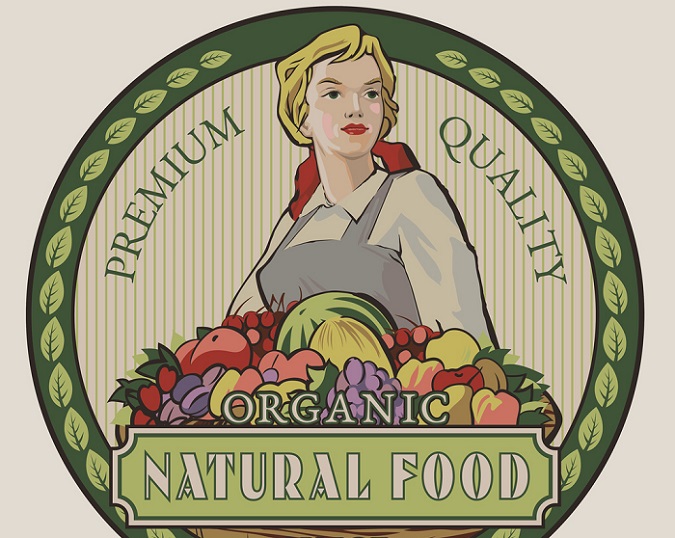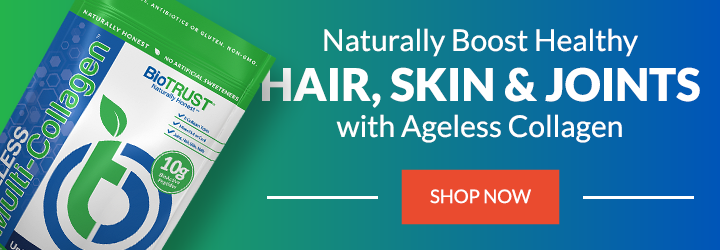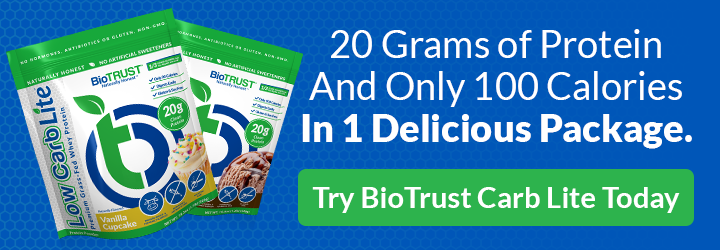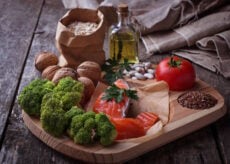Debunking the Myth: Foods Labeled “Natural” Are Healthier

We previously visited the topic of food labels and briefly mentioned how misleading it can be when food manufacturers label foods as “healthy.” Healthy is a term that is used very loosely. It’s also dependent on the individual and how the ingredient/food fits into his/her overall nutrition plan. The same also holds true for foods labeled as “natural.”
What the heck does “natural” even mean?
The FDA (or the U.S. Food and Drug Administration) defines the term “natural” to mean that nothing artificial or synthetic (including all color additives, regardless of source) has been included in, or added to, a food that would not normally be expected to be in that food.
However, this policy was not intended to address food production methods, such as the use of pesticides. Nor does it explicitly address food processing or manufacturing methods, such as thermal technologies, pasteurization, or irradiation.
The FDA also does not consider whether the term “natural” describes any nutritional or other health benefit.1
Say what?
According to the Food Source Database, “natural flavor” is the fourth most common ingredient listed on labels.2 The only ingredients that outrank it are salt, water, and sugar. Yet, natural flavoring isn’t nearly as easily recognizable as salt, water, and sugar.
Natural and artificial ingredients play an interesting role in the foods that adorn our grocery shelves. “They’re essentially providing the taste, and often they’re added to make the food more appealing, or to potentially replace something that’s lost through processing, storage, or in some cases even from pasteurizing,” says David Andrews, Ph.D., senior scientist at the Environmental Working Group.
Based on this information, to be labeled “natural,” all that is required is for the food product to include the chemical originally found in the ingredient. However, it has most likely been enhanced and added into your food in a lab. “The differentiation is really down to the origin of those molecules, whether synthetically processed in a lab or purified in a lab but from a natural source,” Andrews says.
Artificial ingredients, on the other hand, are usually entirely humanmade, as opposed to coming from a natural source.
It would be so much better for consumers if the FDA would implement the same type of guidelines that are in place for organic foods. For example, to be labeled as “organic,” at least 95% of the ingredients are certified organic, excluding salt and water. The nonorganic items must be from a USDA list of approved additional ingredients. These also may have a USDA seal.3
Is “ALL natural” better than “natural”?
The USDA (United States Department of Agriculture) does not define foods labeled “all natural” as any different than those labeled “natural.” Worse, these foods may not be regulated as they are not defined by the USDA.
What terms are regulated by the USDA?⁴
Natural: Food labeled “natural” does not contain artificial ingredients or preservatives, and the ingredients are only minimally processed. However, they may contain antibiotics, growth hormones, and other similar chemicals.
Organic: Foods labeled “organic” must contain at least 95% organically produced ingredients. The other 5% must be approved on the National List provided by the USDA. They cannot be produced with any antibiotics, growth hormones, pesticides, petroleum, or sewage-sludge based fertilizers, bioengineering, or ionizing radiation.
100% Organic: Foods labeled “100% organic” must consist of only organic ingredients and processing aids. The same controls and regulations are put in place as those used for foods labeled “organic.”
Made with Organic Ingredients: These foods must have at least 70% organic ingredients. None of the ingredients can be produced with sewage-sludge based products or ionizing radiation. Labeling cannot include the USDA seal or the word “organic” in any principle displays.
Free Range/Free Roaming: For a product to be labeled “free range” or “free roaming,” the animals “have access to the outdoors.” However, the amount of time allowed is undetermined. It also applies only to chickens and not other animals.
Cage Free: Chickens are allowed to walk, spread their wings, and nest as well as perch and “dust bathe” in most cage-free systems.
Grass Fed: Food labeled “grass fed” usually includes the label “free range” or “cage free.” However, they are not necessarily connected. By definition, a “grass-fed” animal is one that is raised primarily on ranges rather than in a feedlot, which means they can be contained and still show this label, as long as they are allowed to graze. Even so, the USDA may define “grass fed” as it applies to labeling, but it does not regulate it in any way.
The bottom line is that we really can’t be sure of the ingredients in our foods being natural or all natural unless we are growing our own food or purchasing from a local and/or trusted source. I believe knowing where the food comes from is just as or, in some cases, more important than an ingredient or nutrition label for consumers to make informed decisions.







